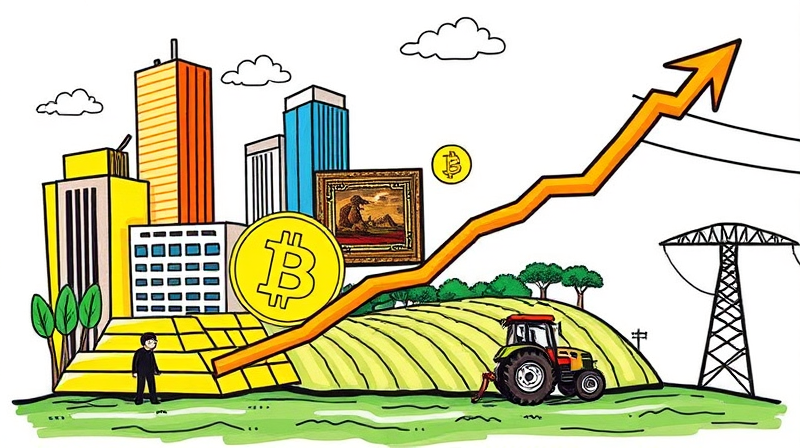
In an investment world driven by rapid trades and headline-chasing, adopting a long-term mindset offers both peace of mind and powerful returns. By focusing on multiyear horizons and disciplined strategies, investors can capitalize on compounding growth while avoiding the pitfalls of emotional decision-making.
Long-term investing typically involves holding assets for at least five years or more. This timeframe helps investors ride out short-term market swings and benefit from the exponential effect of compounding returns. At its core, this approach emphasizes capital preservation and steady and predictable returns, reducing the urge to react impulsively when markets wobble.
When you commit to a patient strategy, you grant your portfolio the time it needs to recover from downturns, capture successive rebounds, and harness the power of reinvested dividends and interest.
Patience is more than a virtue in investing—it is an asset. Historical data shows that over multi-decade periods, U.S. equities have delivered average annual returns between 7% and 10% before inflation. These steady gains arise from cycles of innovation, productivity gains, and profit reinvestment by companies.
Consider the volatility of 2025. The S&P 500 plunged by 15.3% year-to-date in April but rebounded swiftly to near-record levels by midyear. Investors who held their positions captured this recovery, underscoring the timeless wisdom that time in the market beats timing. As Morgan Stanley’s Serena Tang noted, “It’s not going to be a straight path ... but there should be substantial monetary easing ahead.”
No single asset class offers perfect protection. Building a diversified portfolio helps cushion the impact of market shocks and geopolitical uncertainty. In 2025, gold soared roughly 30% year-to-date, while investment-grade bonds outperformed riskier securities.
Understanding how different assets have performed this year can guide strategic allocations for the next decade. Below is a snapshot of major asset categories in 2025:
Albert Einstein famously called compounding “the eighth wonder of the world.” A consistent annual return of 6% may seem modest compared to flashy, high-volatility trades, but it can transform $10,000 into over $57,000 in 30 years. The secret lies in reinvesting earnings and allowing them to generate additional returns.
Over long horizons, compounding rewards consistency more than market timing, making it a cornerstone of patient wealth building.
Emotions can sabotage even the best strategies. Panic selling during drawdowns or chasing hot sectors often results in buying high and selling low. By adhering to a long-term plan, investors minimize these errors and maintain reduced emotional decision-making. Automation tools, like robo-advisors and systematic contributions, further enforce discipline and prevent impulsive moves.
Despite trade tensions, geopolitical conflicts, and interest rate shifts, economic fundamentals remain solid. The U.S. labor market shows resilience and inflation is moderating. Analysts project the S&P 500 could reach 6,500 by mid-2026, driven by strong corporate earnings and potential monetary easing.
As you navigate the next chapter of your financial journey, remember that true wealth often requires patience and conviction. The emotional calm and the patience game pays off will become your greatest allies. By sticking to a diversified, disciplined portfolio and harnessing the power of compounding, you position yourself to reap substantial rewards in 2030—and well beyond.
References













